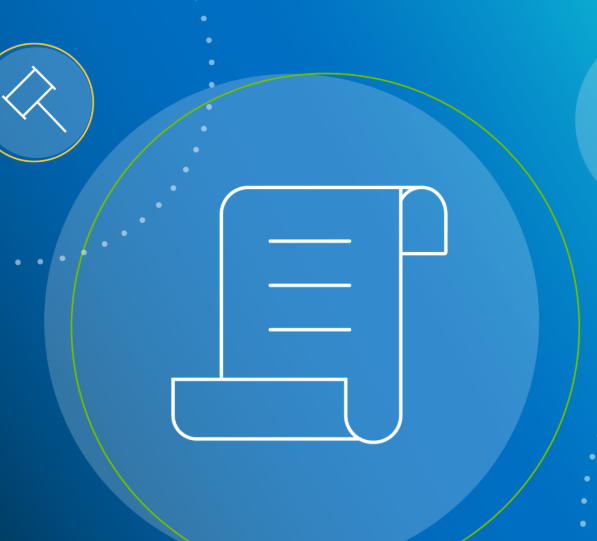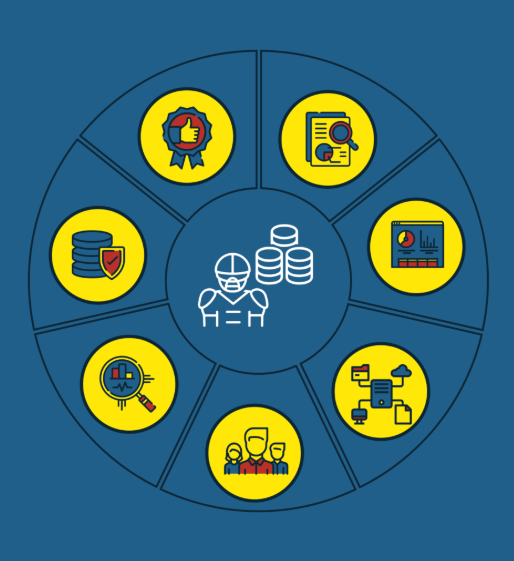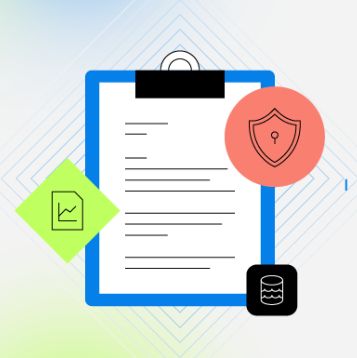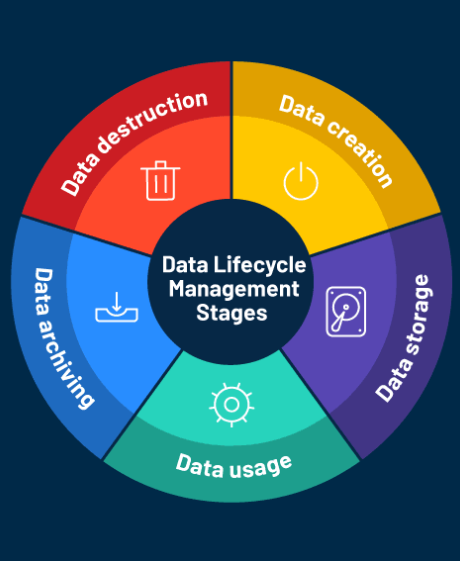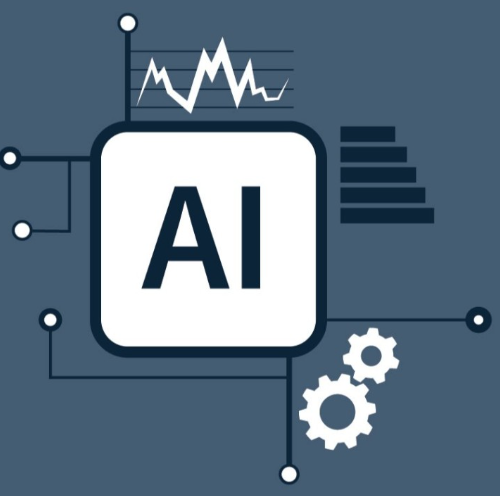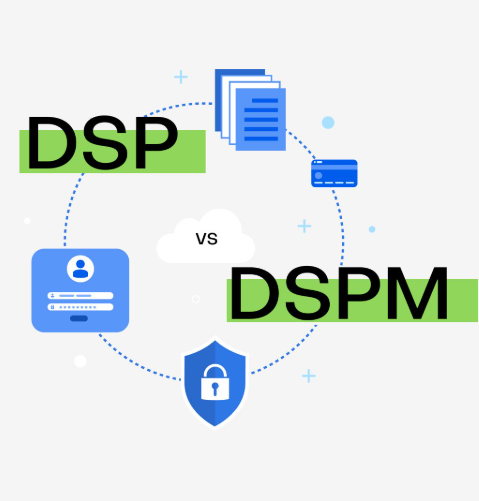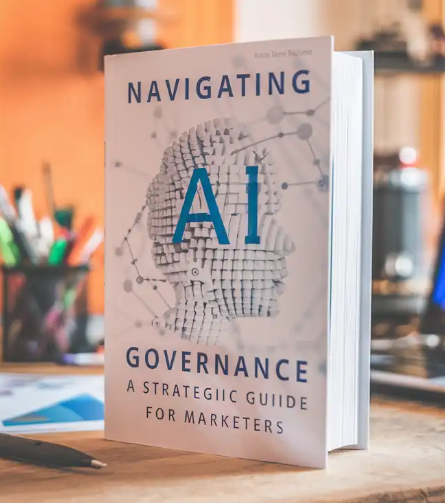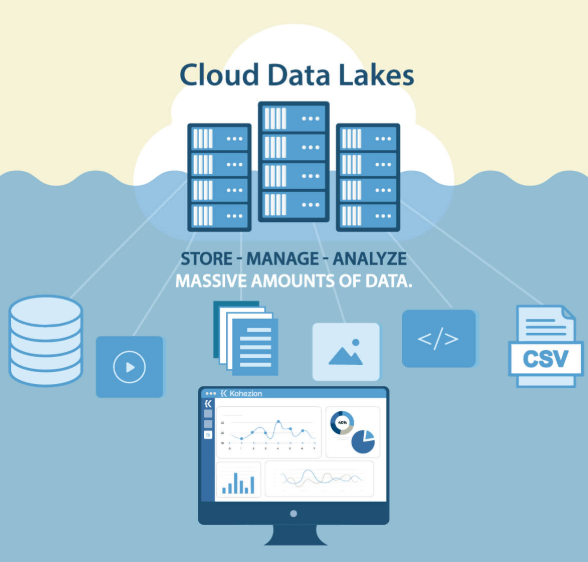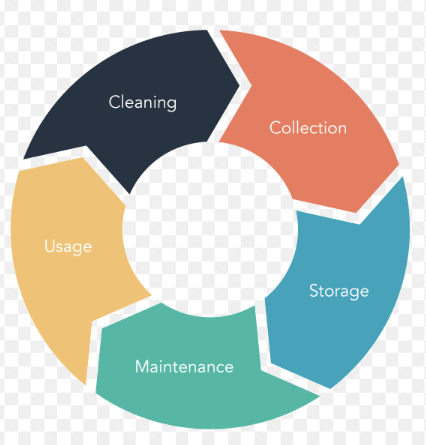
Artificial Intelligence (AI) is becoming a critical tool for businesses, helping to enhance operations, improve customer experiences, and drive innovation. However, despite its vast potential, AI is not without its challenges. To fully leverage AI and avoid costly mistakes, businesses must be mindful of key factors such as data input quality and the need for human oversight.
Why Quality Data Input is Crucial for AI
AI’s effectiveness largely depends on the data it’s trained on. The accuracy and quality of the data directly influence the performance of AI models. If the data is incomplete, biased, or poorly structured, the AI’s results will be unreliable, no matter how advanced the system is. This highlights the importance of ensuring that data used in AI models is clean, relevant, and high-quality.
Key Aspects of Data Quality
- Accuracy: AI makes decisions based on the data it receives. Poor-quality data leads to inaccurate predictions, which can negatively affect everything from product recommendations to business strategies.
- Bias Mitigation: If AI systems are trained on biased data, they can perpetuate discrimination, resulting in unfair outcomes. High-quality, representative data helps prevent this.
- Efficiency: Clean, well-organized data reduces the need for extensive post-processing and helps streamline workflows, ultimately saving time and resources.
How to Ensure High-Quality Data Input
- Data Cleaning: Regularly clean your data to remove duplicates, errors, and inconsistencies, ensuring that the AI system only processes accurate information.
- Comprehensive Datasets: Ensure your data spans diverse scenarios to help the AI learn robust patterns and improve its ability to generalize across various contexts.
- Reputable Data Sources: Use reliable and varied data sources to help minimize bias and create a more comprehensive and realistic view for the AI system.
The Importance of Human Oversight in AI
While AI can process large volumes of data and automate many tasks, it still requires human intervention to ensure that results are accurate and aligned with real-world nuances. Human oversight is essential for maintaining quality control and correcting any discrepancies that may arise during AI deployment.
Why Human Review is Necessary
- Contextual Understanding: AI lacks the ability to understand context the way humans can. For instance, AI might misinterpret slang or sarcasm, leading to inappropriate responses in customer service interactions.
- Error Detection: AI systems can make errors, especially when dealing with edge cases or data outside their training scope. Human oversight can catch these errors before they cause issues.
- Ethical Considerations: Humans are crucial in ensuring that AI systems operate ethically and in line with company values. For example, an AI recruitment tool that favors one gender over another needs human intervention to correct biased outcomes.
- Accountability: In high-risk industries like healthcare or finance, human supervision ensures that AI decisions are checked for accuracy to avoid potentially disastrous outcomes.
Best Practices for Human Review in AI Systems
- Routine Audits: Regularly audit AI systems to ensure they are functioning as expected, remain free from bias, and align with business goals.
- Feedback Loops: Create systems where human reviewers can flag issues and continuously improve the AI model’s performance over time.
- Cross-Department Collaboration: Build teams of domain experts and AI specialists to fine-tune models and ensure they meet both technical and industry-specific requirements.
- Informed Decision-Making: Ensure that data owners across the organization have the tools they need to review and manage data, ensuring more informed decision-making.
Learning from AI Failures: Real-World Examples
AI failures are often a result of poor data input or insufficient human oversight. Here are some examples that emphasize the importance of addressing these factors:
- Amazon’s AI Hiring Tool (2018): Amazon had to abandon an AI tool that was biased against female candidates. The system, trained on male resumes over a ten-year period, learned to favor male candidates, leading to gender discrimination. This highlighted the risks of using biased data and the importance of human review to ensure fairness.
- Apple Card Credit Limits (2019): Apple faced criticism when some customers reported that their AI-driven credit limits were disproportionately lower for women, despite similar financial profiles. This raised concerns about algorithmic bias and the need for transparency and human intervention to ensure fairness.
- Microsoft’s AI Translator (2021): Microsoft’s AI-powered translation tool struggled to handle cultural idioms, leading to awkward or incorrect translations. This case illustrated how AI can fail to capture nuances without human oversight, especially in cross-linguistic or culturally diverse scenarios.
Getting the Best Results from AI
To fully capitalize on AI, businesses need to focus on key areas that prevent costly mistakes and maximize the benefits of AI technology. Here are the essential practices for success:
- Quality Data Input: Ensure that the data used to train AI models is accurate, diverse, and relevant. High-quality data is the foundation of any successful AI application.
- Human Oversight: Do not rely solely on AI. Human review is critical to identify and correct errors, ensure fairness, and maintain accountability.
- Ongoing Monitoring: Regular audits, feedback loops, and model updates are necessary to keep AI systems aligned with business goals and ethical standards.
By focusing on these key areas, businesses can avoid the pitfalls of AI and unlock its full potential for driving innovation and growth.




